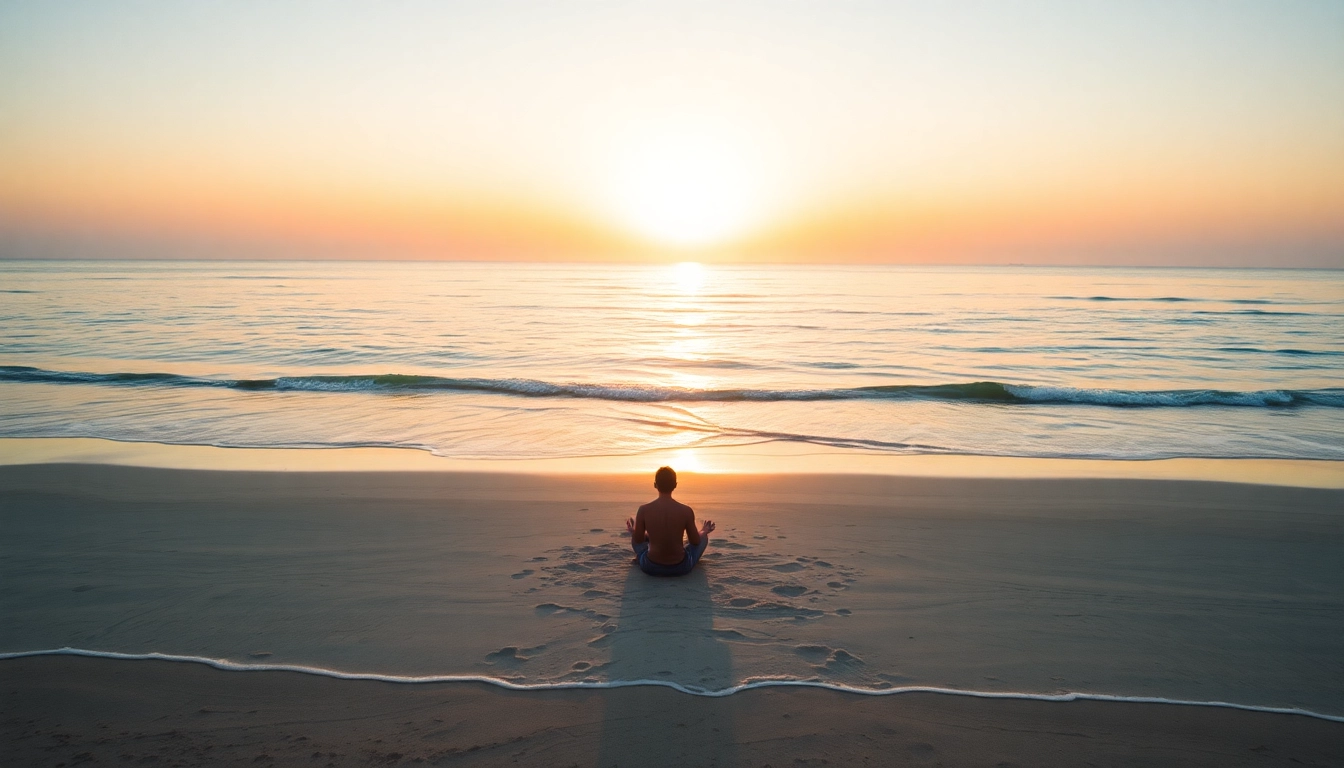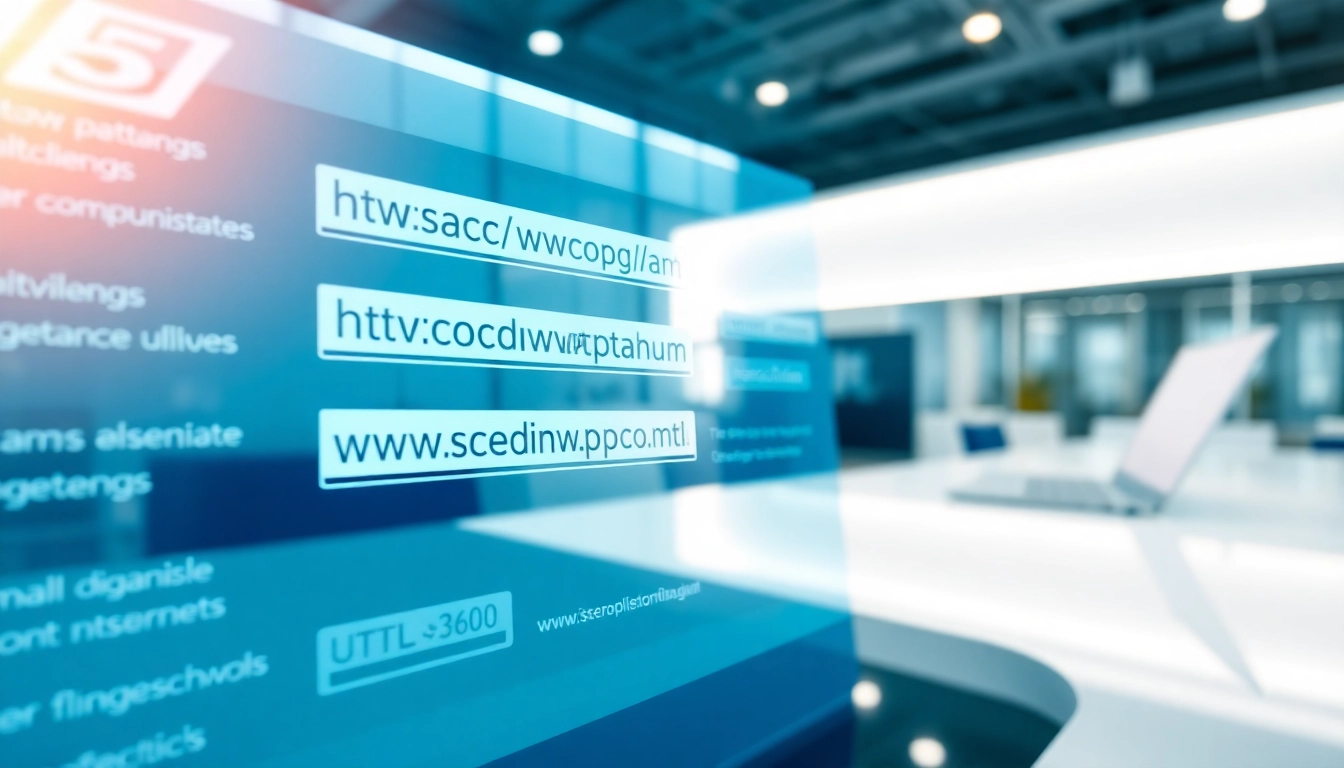
In our fast-paced and often chaotic lives, the importance of learning to relax cannot be overstated. Stressors bloom around us daily and can lead to significant adverse effects on our mental and physical health. Yet, relaxation is not merely a luxury—it’s a necessity. In this comprehensive guide, we will explore the intricate layers of relaxation, its immense value, various techniques to embrace it, and strategies to weave relaxation into the fabric of our everyday lives.
Understanding the Importance of Relaxation
Why Relaxation Matters for Mental Health
Relaxation serves as a cornerstone for mental health. Chronic stress can lead to heightened anxiety, depression, and a myriad of other mental health issues. The act of relaxing provides a counterbalance to stress responses, enabling us to restore our emotional equilibrium. Research indicates that engaging in relaxation practices can lead to lower cortisol levels, the hormone primarily responsible for stress responses. Furthermore, relaxation techniques such as meditation and deep breathing exercises have been shown to enhance mood, alleviate anxiety, and increase one’s overall sense of well-being.
The Physical Benefits of Relaxing
Physical health is intrinsically linked to our ability to relax. When we relax, several physiological benefits occur: heart rates decrease, blood pressure stabilizes, and muscle tension releases. Regular relaxation practices can improve sleep quality, leading to better overall health. A notable study found that participants who engaged in regular relaxation routines experienced a measurable reduction in physical pain and discomfort, demonstrating the profound impact of relaxation on our bodily health.
Common Myths About Relaxation
Despite its importance, several myths surrounding relaxation persist. One common misconception is that relaxation equates to inactivity or laziness. In reality, relaxation is an active process involving techniques that enhance mental clarity and emotional stability. Another prevalent myth is that relaxation is only necessary during stressful times. However, integrating relaxation into our daily routines can prevent stress from accumulating in the first place, leading to a healthier and more resilient lifestyle.
Techniques to Help You Relax
Breathing Exercises for Instant Calm
Breathing exercises are among the most effective tools for achieving immediate relaxation. Techniques such as diaphragmatic breathing focus on deep, intentional breaths that stimulate the body’s parasympathetic nervous system, promoting a state of calm. One popular method is the “4-7-8” technique, where you inhale for four seconds, hold your breath for seven seconds, and exhale for eight seconds. This practice can quickly reduce anxiety and tension, serving as a portable tool for relaxation that can be employed anywhere—whether at home, in a meeting, or while commuting.
Mindfulness Practices to Enhance Relaxation
Mindfulness is the practice of anchoring oneself in the present moment. Mindfulness meditation encourages an awareness of thoughts and feelings without judgment. A growing body of research supports the idea that regular mindfulness practice can improve emotional regulation and reduce symptoms of anxiety and depression. Simple mindfulness exercises, such as observing your breath or engaging in a body scan, can invite deeper levels of relaxation, leading to profound changes in mental health.
Creative Outlets that Promote Relaxation
Engaging in creative activities is another invaluable method for relaxation. Art, writing, or music can serve as powerful forms of expression that enable individuals to process their emotions and unwind. Studies have shown that engaging in creative outlets can lower stress levels and promote a positive mood. For example, journaling can help articulate thoughts and emotions, fostering a sense of clarity and peace. Experimenting with painting or crafting can cultivate a state of flow, where one loses track of time and stressors recede into the background.
Creating a Relaxing Environment
How to Design a Calm Space
Your environment plays a pivotal role in your ability to relax. To cultivate a calming space, consider decluttering, optimizing lighting, and introducing natural elements. Use soothing colors, aromatherapy oils, and comfortable furnishings to create an inviting atmosphere. Studies indicate that spending time in well-designed spaces can significantly impact mood and relaxation levels. Incorporating personal touches, like favorite art pieces or plants, can enhance your connection to the space while promoting a sense of security and peace.
Use of Nature Sounds and Aromatherapy
Both nature sounds and aromatherapy have been shown to promote relaxation effectively. Listening to ambient nature sounds—such as rainfall, ocean waves, or chirping birds—can lower stress levels and enhance mood. These sounds can be integrated into your relaxing environment, either through background music or sound machines. Similarly, aromatherapy, leveraging essential oils like lavender or chamomile, can influence mood and enhance feelings of relaxation. Using diffusers or candles can create a multisensory experience, further deepening your relaxation process.
Importance of Decluttering for Peace of Mind
Decluttering your physical space can also lead to a clear mind. Clutter often translates to chaos, leaving individuals feeling overwhelmed and stressed. Implementing organization strategies, such as the KonMari method or simple decluttering techniques, can create a more serene environment. Removing unnecessary items not only frees up physical space but also allows for mental clarity and tranquility, resulting in a more relaxed state of being.
Self-Care Strategies for Better Relaxation
Daily Habits That Encourage Relaxation
Incorporating relaxation-focused habits into your daily life can greatly enhance your overall well-being. Practices such as morning mindfulness, regular exercise, and evening wind-down routines promote relaxation consistently throughout the day. Establishing a set time for relaxation—whether through stretching, reading, or quiet contemplation—can help signal the body and mind that it is time to unwind. Such habits, when executed regularly, can lead to deeper forms of relaxation over time.
Balancing Work and Personal Life
Finding a balance between work and personal life plays a significant role in managing stress and promoting relaxation. Setting clear boundaries, prioritizing self-care, and scheduling regular breaks are essential strategies for maintaining this balance. Engage in activities that rejuvenate you, whether it’s spending time with family and friends, enjoying hobbies, or indulging in personal interests. A fulfilled personal life can greatly enhance professional productivity while minimizing stress levels.
When to Seek Professional Help
While self-help strategies can be highly effective for relaxation, it is crucial to recognize when professional assistance is needed. If stress or anxiety becomes overwhelming, seeking support from a mental health professional is a valuable step. Therapists can provide tailored strategies and techniques suited to individual needs, helping to cultivate deeper relaxation and promote mental health. Recognizing and addressing the need for professional help is not a sign of weakness but a proactive approach to maintaining mental well-being.
Incorporating Relaxation into Your Routine
Setting Aside Time for Relaxation
Integrating relaxation into your daily routine can be transformative. Setting aside specific periods dedicated solely to relaxation can help establish a regular practice. Whether it’s a few minutes in the morning for meditation or unwinding with a book in the evening, prioritizing these moments can provide a framework that fosters relaxation despite life’s busyness. Consider scheduling relaxation time as you would any important meeting or task to reinforce its significance in your life.
Exploring Relaxation Apps and Tools
Technology can also assist in developing relaxation techniques. Numerous apps are designed to guide users through various relaxation practices, such as meditation, deep breathing, or sleep aids. Popular applications offer guided sessions, calming sounds, and reminders to take breaks, making relaxation more accessible than ever. Utilizing these tools can enhance your relaxation experience, providing structure and guidance on your journey toward tranquility.
Measuring the Effectiveness of Your Relaxation Techniques
It is essential to assess the effectiveness of relaxation techniques to determine their impact on your overall well-being. Keeping a journal to track your mood, stress levels, and responses to various techniques can offer insights into which methods resonate most effectively with you. Monitoring your progress can foster a deeper understanding of your needs, helping to refine your relaxation practice for optimal results. Regularly evaluating your experience is key in discovering what supports your relaxation best.
In conclusion, relaxation is a crucial aspect of a well-rounded and healthy life. By understanding its importance, incorporating effective techniques, creating a conducive environment, and committing to self-care routines, you can transform your relationship with stress and embrace a more tranquil state of being. Start today by discovering what relaxation methods resonate with you, fostering a life that values peace and mental clarity.







